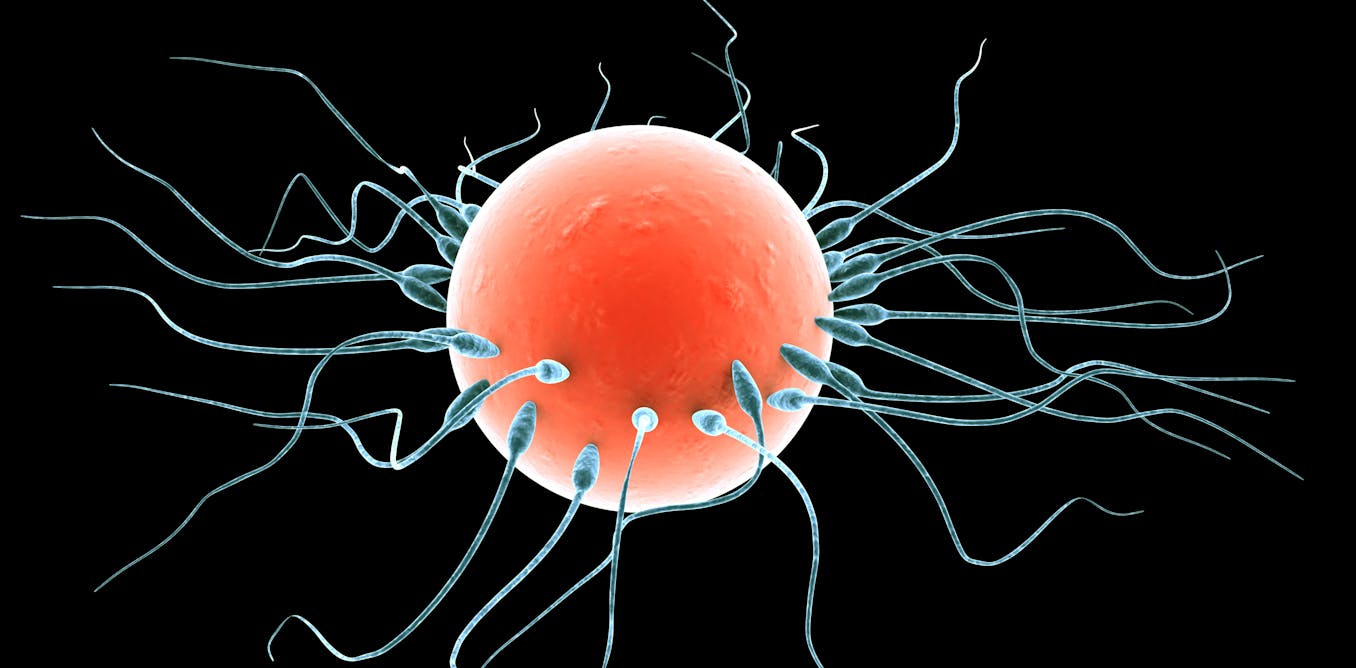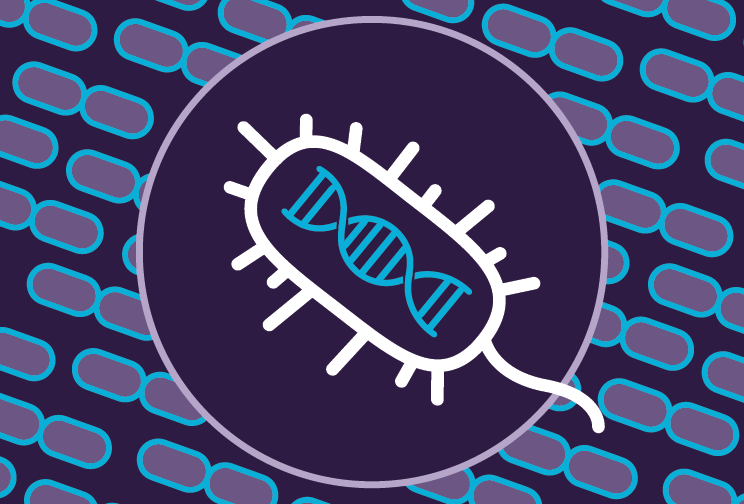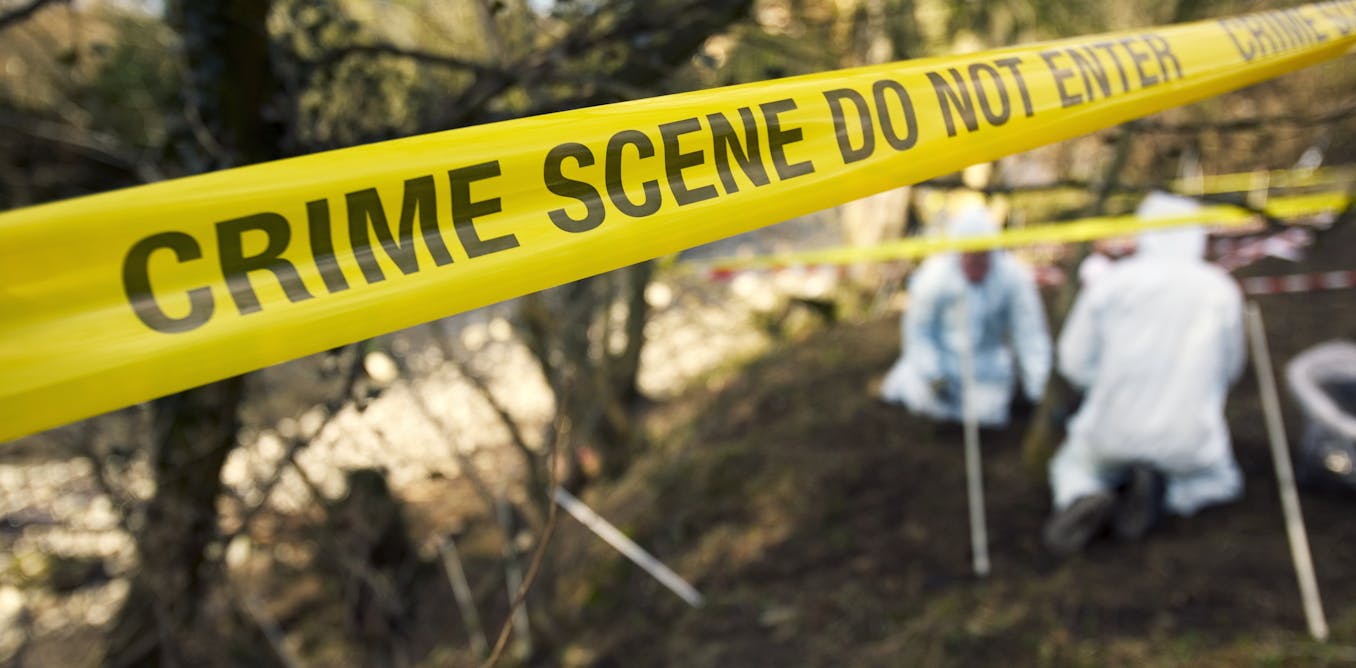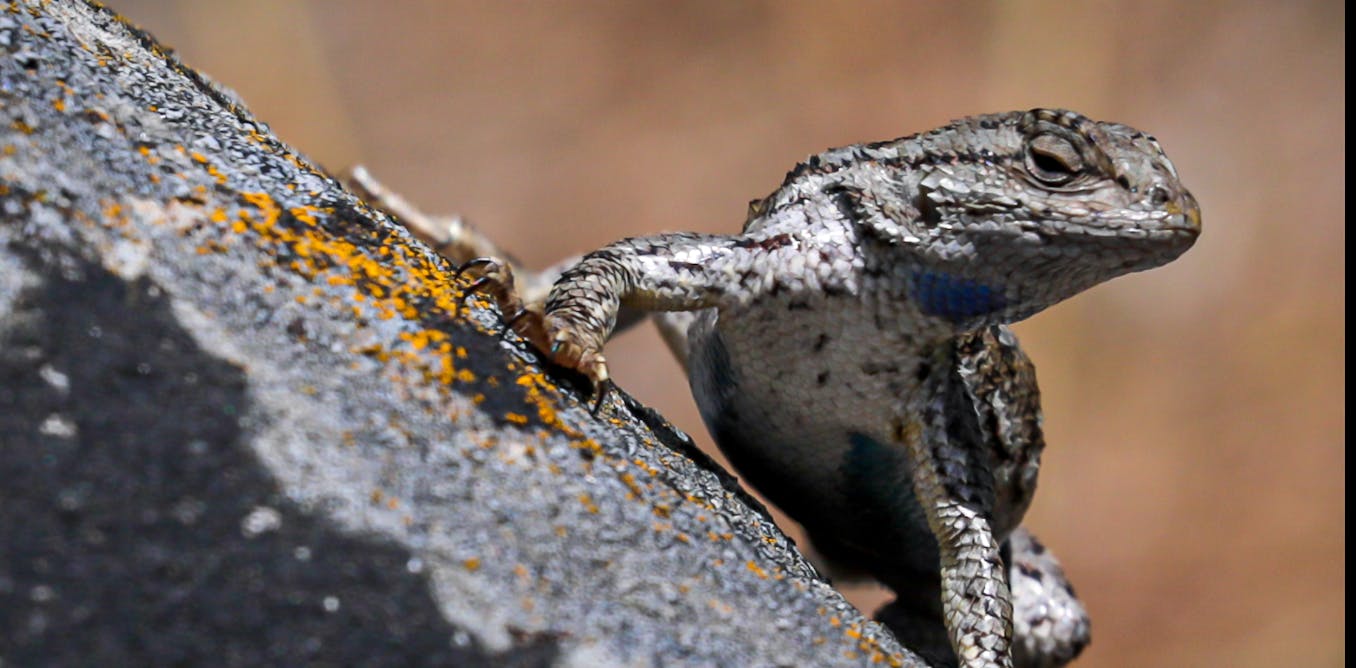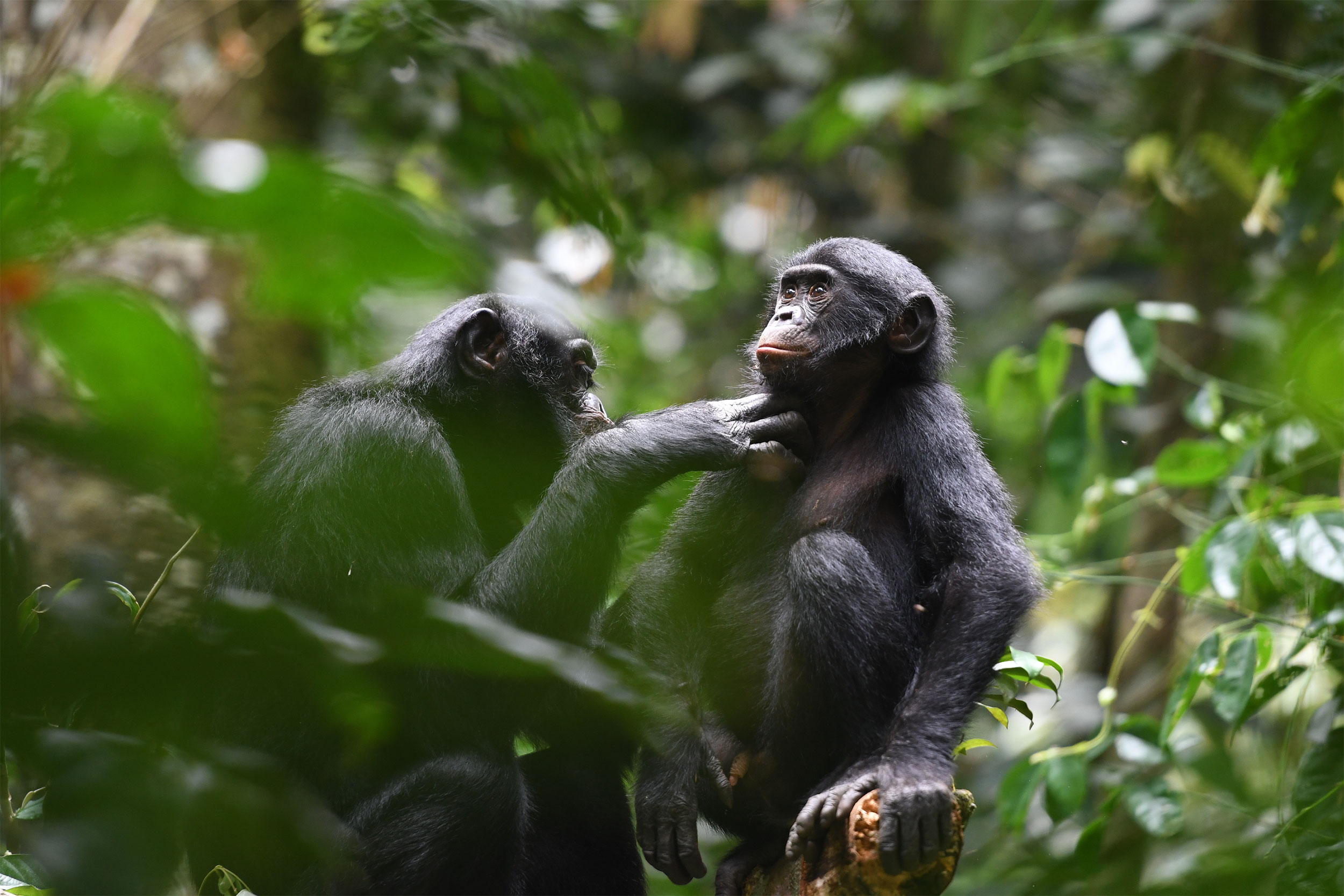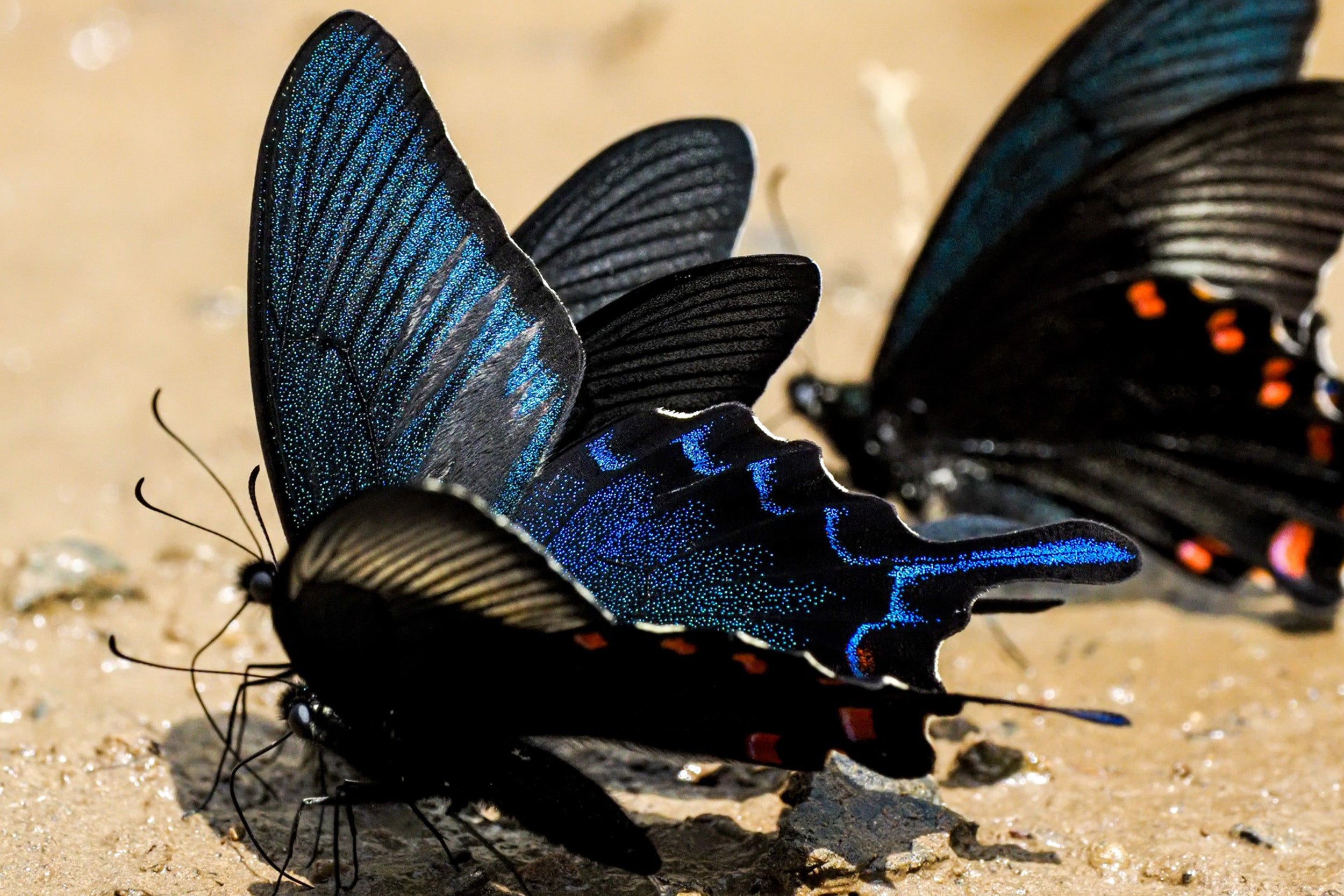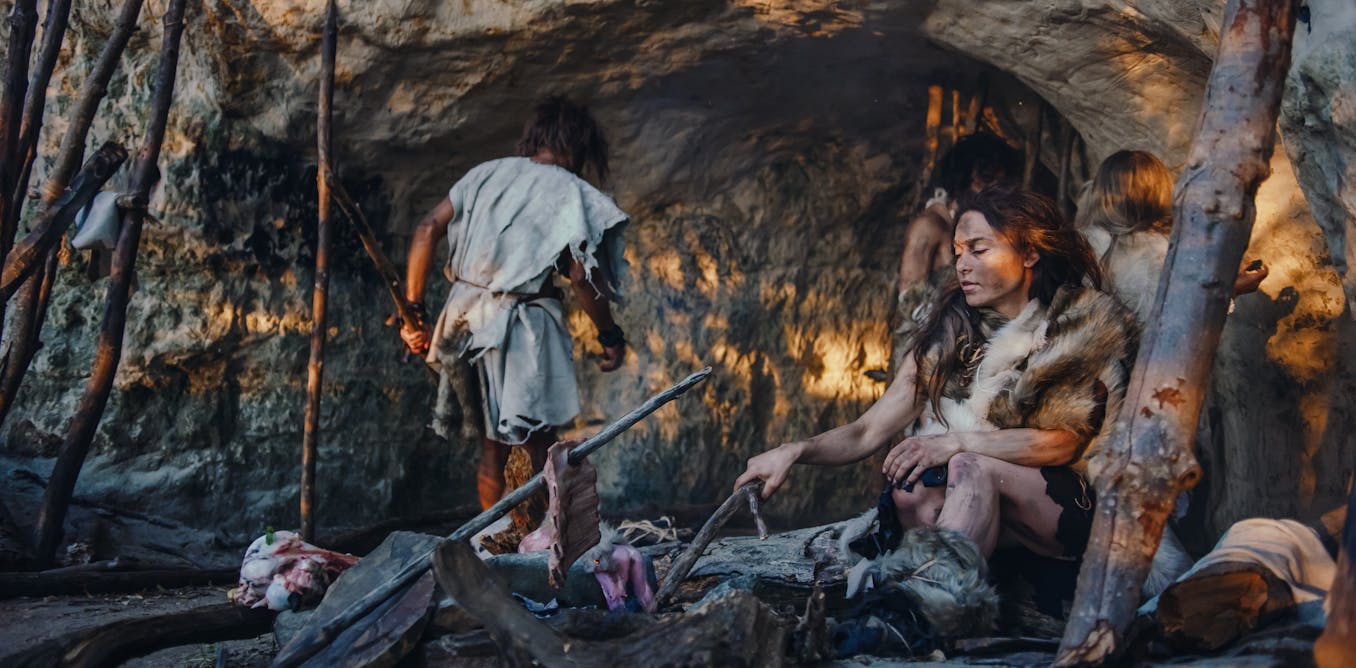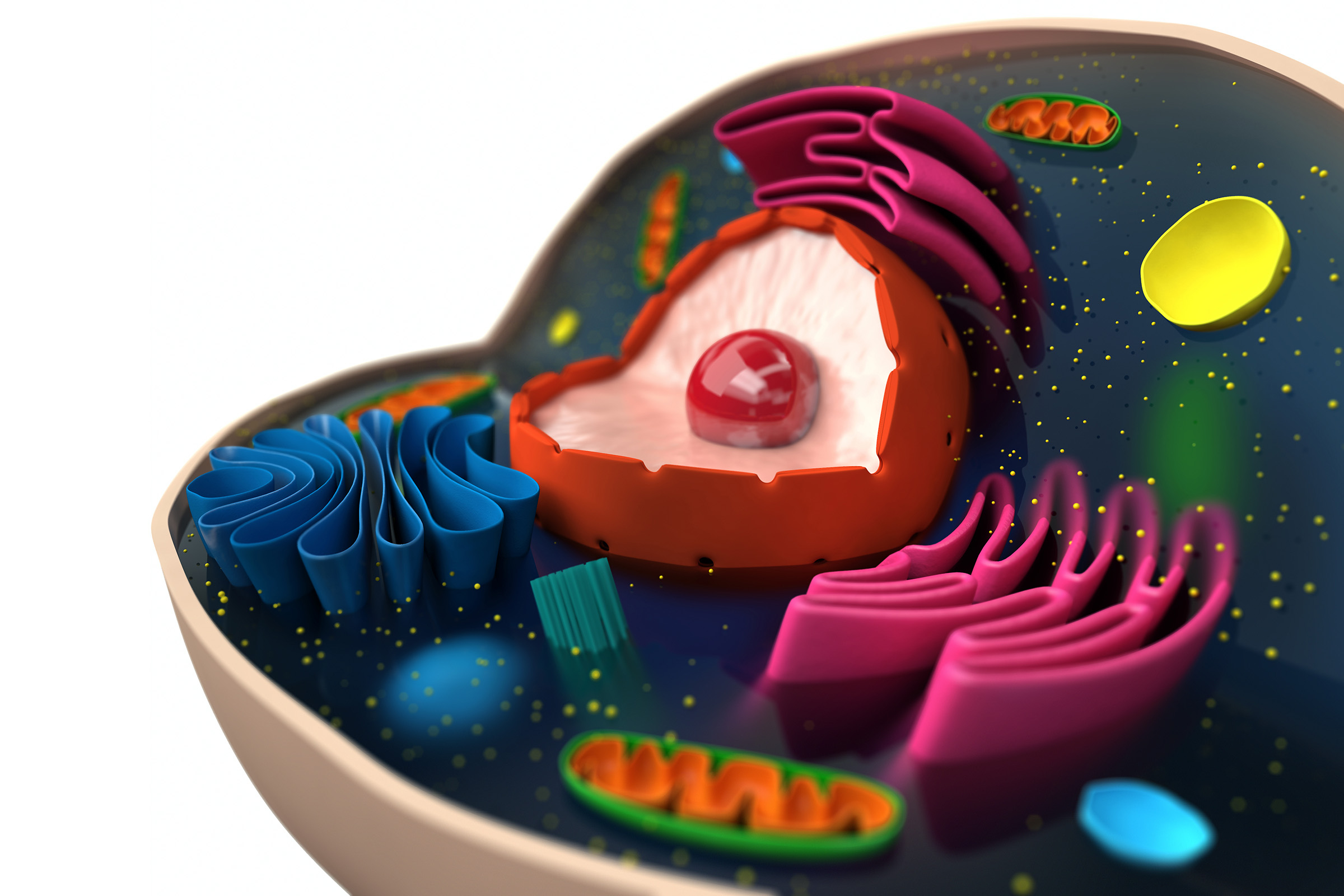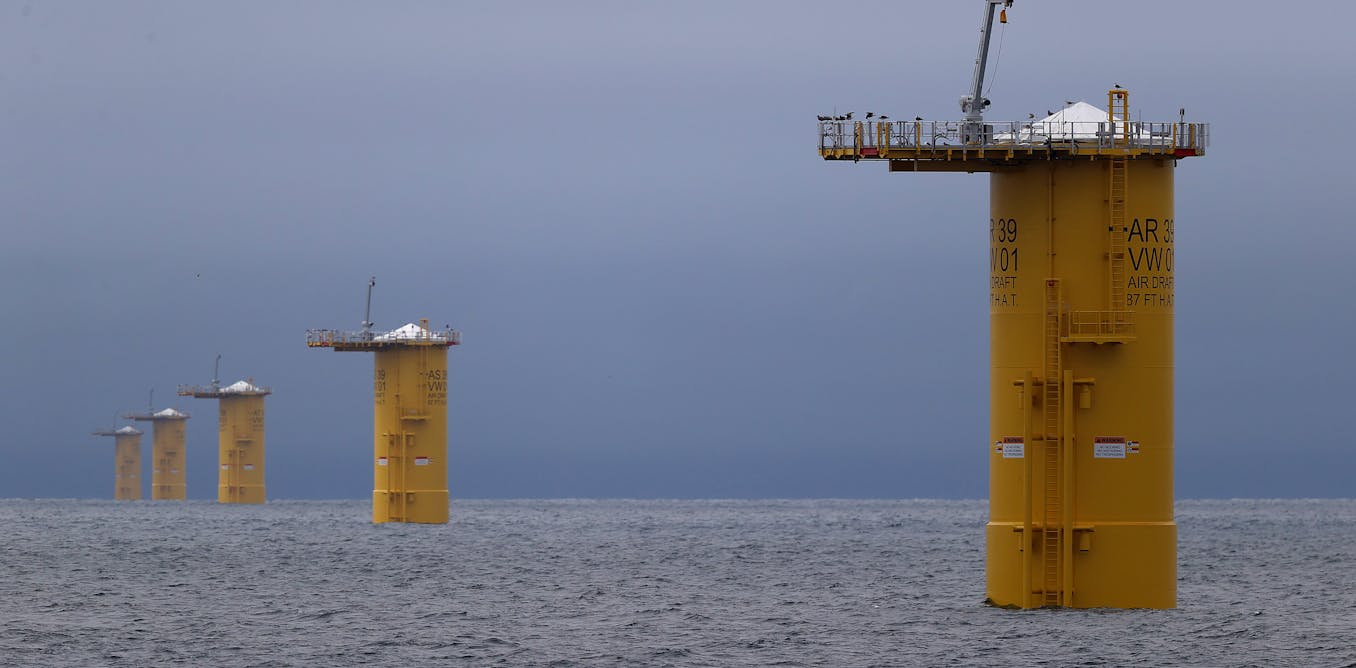Search algorithm reveals nearly 200 new kinds of CRISPR systems
By analyzing bacterial data, researchers have discovered thousands of rare new CRISPR systems that have a range of functions and could enable gene editing, diagnostics, and more.
Nov. 23, 2023 • ~8 min
Forensic anthropologists work to identify human skeletal remains and uncover the stories of the unknown dead
Forensic anthropologists are specialized scientists who analyze the skeletal remains of the recently deceased to help authorities figure out who the person was and what happened to them.
Nov. 22, 2023 • ~9 min
Lizards, insects and other species are evolving with climate change, but not fast enough
From dark dragonflies becoming paler to plants flowering earlier, some species are slowly evolving with the climate. Evolutionary biologists explain why few will evolve fast enough.
Nov. 21, 2023 • ~10 min
Lizards, fish and other species are evolving with climate change, but not fast enough
From dark dragonflies becoming paler to plants flowering earlier, some species are slowly evolving with the climate. Evolutionary biologists explain why few will evolve fast enough.
Nov. 21, 2023 • ~10 min
Forget ‘Man the Hunter’ – physiological and archaeological evidence rewrites assumptions about a gendered division of labor in prehistoric times
Female bodies have an advantage in endurance ability that means Paleolithic women likely hunted game, not just gathered plants. The story is written in living and ancient human bodies.
Nov. 17, 2023 • ~12 min
As the US begins to build offshore wind farms, scientists say many questions remain about impacts on the oceans and marine life
A recent study focusing on how offshore wind farms in Massachusetts waters could affect endangered right whales does not call for slowing the projects, but says monitoring will be critical.
Nov. 15, 2023 • ~10 min
/
138

